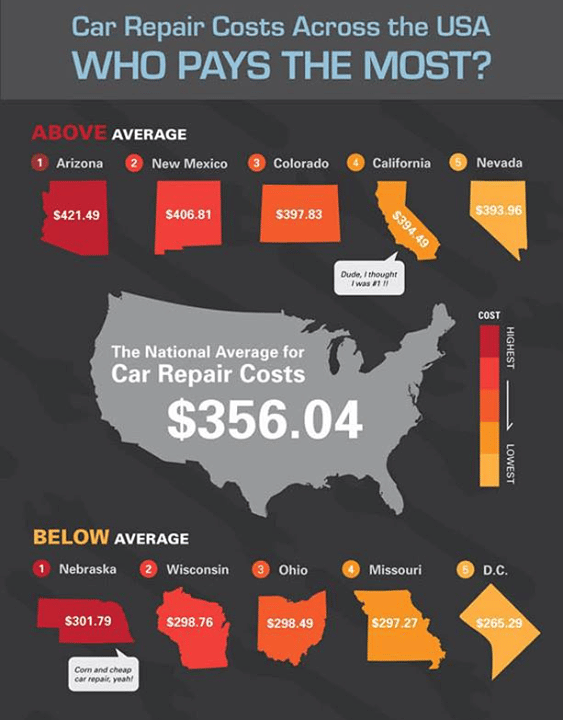Looking For Clarity On The Warning Lights Presented On Your Cars And Truck'S Control Panel? Learn Exactly How They Associate With Your Automobile'S Health And Safety
Looking For Clarity On The Warning Lights Presented On Your Cars And Truck'S Control Panel? Learn Exactly How They Associate With Your Automobile'S Health And Safety
Blog Article
Authored By-Boye Forbes
When you're behind the wheel, those radiant warning lights on your dashboard can be a little bit difficult. Do car detial recognize what they're attempting to inform you regarding your automobile's health and wellness? Understanding the value of these lights is important for your security and the longevity of your automobile. So, the next time among those lights turns up, wouldn't you intend to analyze its message accurately and take the essential actions to address it?
Common Caution Lighting and Interpretations
Recognize typical warning lights in your vehicle and comprehend their meanings to guarantee safe driving.
https://zanevqkfz.dailyhitblog.com/35708710/witness-the-transformative-patterns-forming-the-future-of-car-repair-from-electric-vehicles-to-ai-combination-that-will-certainly-revolutionize-the-sector of the most normal caution lights consist of the check engine light, which signifies problems with the engine or emissions system. If this light begins, it's vital to have your automobile examined quickly.
The oil pressure advising light shows reduced oil stress, requiring instant attention to avoid engine damage.
A blinking battery light may suggest a defective charging system, possibly leaving you stranded otherwise attended to.
The tire pressure monitoring system (TPMS) light informs you to reduced tire stress, influencing car stability and gas efficiency. Overlooking this can lead to hazardous driving problems.
The ABS light shows an issue with the anti-lock braking system, endangering your ability to quit rapidly in emergency situations.
Last but not least, the coolant temperature alerting light warns of engine getting too hot, which can lead to extreme damage otherwise fixed promptly.
Recognizing these usual caution lights will certainly help you deal with concerns without delay and preserve safe driving problems.
Significance of Prompt Attention
Comprehending the usual caution lights in your automobile is just the first step; the value of promptly resolving these cautions can't be stressed sufficient to guarantee your security on the road.
When a warning light brightens on your control panel, it's your car's means of interacting a possible problem that requires focus. Disregarding these warnings can bring about extra serious issues later on, compromising your safety and potentially costing you much more in repairs.
Motivate interest to alerting lights can avoid failures and accidents. For instance, a blinking check engine light can indicate a misfire that, if left neglected, can trigger damages to the catalytic converter. Addressing this immediately can save you from a pricey repair.
In a similar way, a brake system cautioning light may signify low brake liquid or used brake pads, vital elements for your safety when driving.
DIY Troubleshooting Tips
If you observe a warning light on your control panel, there are a couple of DIY troubleshooting ideas you can try prior to seeking expert help.
The first step is to consult your vehicle's handbook to understand what the specific warning light suggests. Often the issue can be as basic as a loosened gas cap causing the check engine light. Tightening up the gas cap might fix the trouble.
Another common issue is a reduced battery, which can trigger numerous alerting lights. Checking the battery links for rust and guaranteeing they're safe and secure may take care of the problem.
If a caution light lingers, you can try resetting it by detaching the car's battery for a couple of minutes and afterwards reconnecting it. In addition, inspecting your automobile's liquid degrees, such as oil, coolant, and brake fluid, can aid fix advising lights connected to these systems.
Conclusion
Finally, comprehending your auto's caution lights is vital for maintaining your automobile running smoothly and safely. By immediately addressing these alerts and understanding what they indicate, you can stay clear of pricey fixings and potential break downs.
Bear in mind to consult your auto's manual for particular information on each cautioning light and take action accordingly to guarantee a hassle-free driving experience.
Remain informed, stay risk-free when traveling!
